I lichen the look of you: A rare lichen-covered fingerpost that's been frozen in time and donated to the Natural History Museum
A fingerpost, covered in 12 different species of lichen, has been donated to the Natural History Museum by Exmoor National Park — but they had some trouble getting it there.

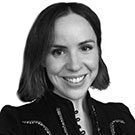
No, the road to Trentishoe Manor does not pass through the Natural History Museum. However, you will see a sign to it at the London institution — a specimen covered in 12 different rare lichens and ‘frozen in time’ — donated by the Exmoor National Park Authority.
The fingerpost features in the first new permanent gallery to open there in a decade — Fixing Our Broken Planet, launched in April — and is a lovely example of a manmade item that has been reclaimed by Nature. ‘We are so proud to produce our own fingerposts on Exmoor — they are milled from oak or chestnut, which has grown in Exmoor woodlands and the timber is a byproduct of our own woodland management (such as from fallen wood through storm damage),’ explains ranger Charlotte Wray. ‘Some of the lichens growing on this fingerpost indicate the high air quality on Exmoor, which is made possible through the lack of pollution and the presence of these highly functioning woodland ecosystems.’
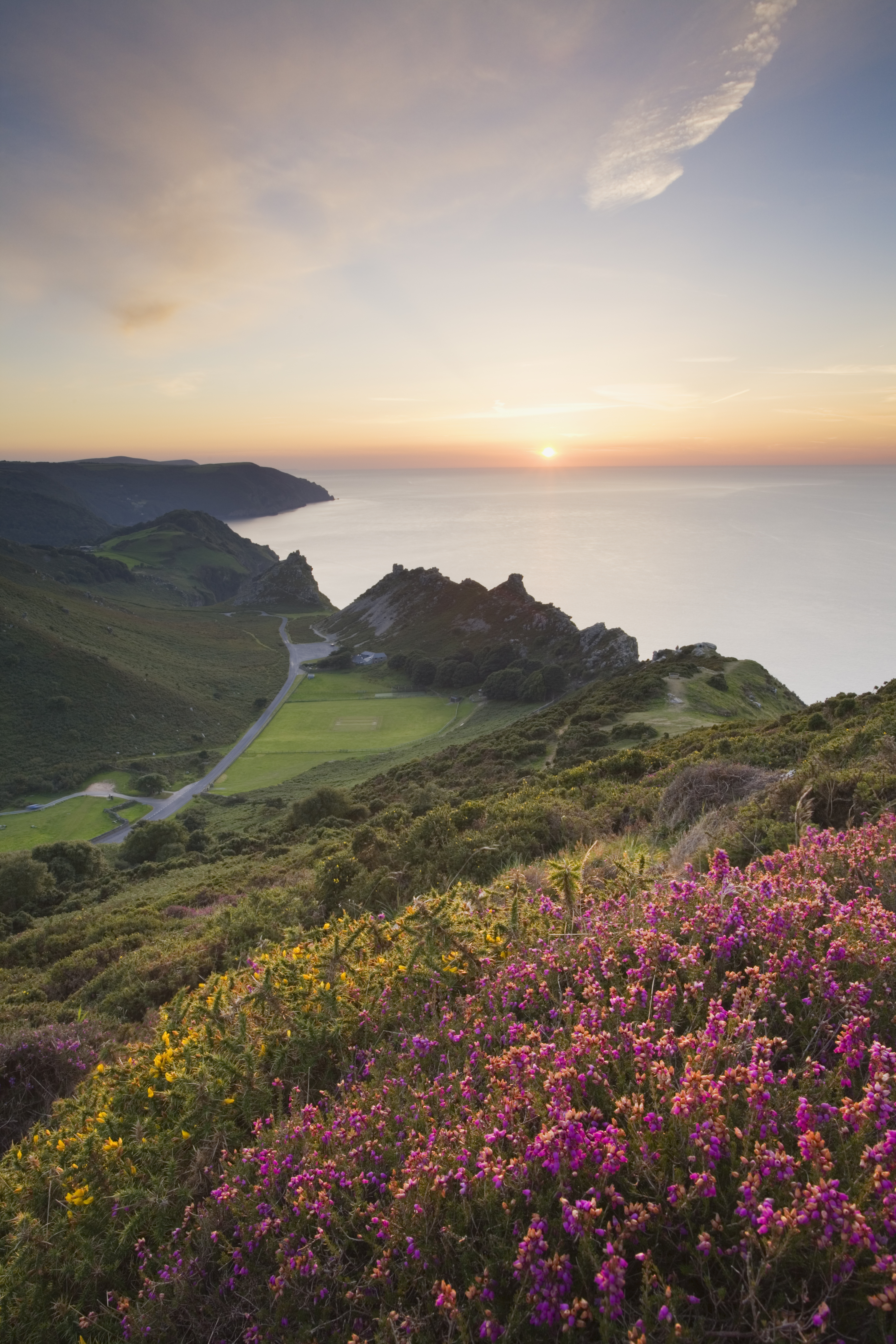
Exmoor National Park is home to more than 3,000 fingerposts.
However, donating a lichen-heavy fingerpost to the institution was not as simple as it ought to have been. The first sign to travel up to London absolutely hated leaving the wilds of Exmoor and its lichens ‘immediately perished’. The next one was stolen en route and is presumably now misdirecting someone, somewhere, somehow. Happily, the third attempt to transport and rehome a West Country fingerpost in South Kensington stuck.
‘There are currently over 3,000 wooden fingerposts on Exmoor and a considerable number of them are home to the many species of lichen to be found in this area,’ explains senior public rights of way and access officer Sue Applegate. ‘We managed to spare one that was reaching the end of its life, so we could share the lichen’s beauty and offer an example of nature-colonised manmade object… The Natural History Museum were very grateful and funded a new signpost, which hopefully will also attract more lichen species over years to come.’
Part-funded with a £1.64 million grant from the Natural Environment Research Council (NERC), among other support, the free gallery showcases ‘research from the brilliant scientists at the Natural History Museum, helping to educate, challenge and entertain the public on the natural world while demonstrating how we can all make a difference,’ adds Arts Minister Sir Chris Bryant. Other exhibits include a Sumatran rhino, whale earwax and ancient cow skulls.
Visit the Natural History Museum website for further information
Exquisite houses, the beauty of Nature, and how to get the most from your life, straight to your inbox.
Annunciata is director of contemporary art gallery TIN MAN ART and an award-winning journalist specialising in art, culture and property. Previously, she was Country Life’s News & Property Editor. Before that, she worked at The Sunday Times Travel Magazine, researched for a historical biographer and co-founded a literary, art and music festival in Oxfordshire. Lancashire-born, she lives in Hampshire with a husband, two daughters and a mischievous pug.
-
 'Love, desire, faith, passion, intimacy, God, spiritual consciousness, curiosity and adventure': The world of Stanley Spencer, a very English visionary
'Love, desire, faith, passion, intimacy, God, spiritual consciousness, curiosity and adventure': The world of Stanley Spencer, a very English visionaryStanley Spencer’s talent for seeing the spiritual in the everyday, his stirring sense for the wonder of Nature and his love for the landscapes of Berkshire and Suffolk shaped his art, as Matthew Dennison reveals.
-
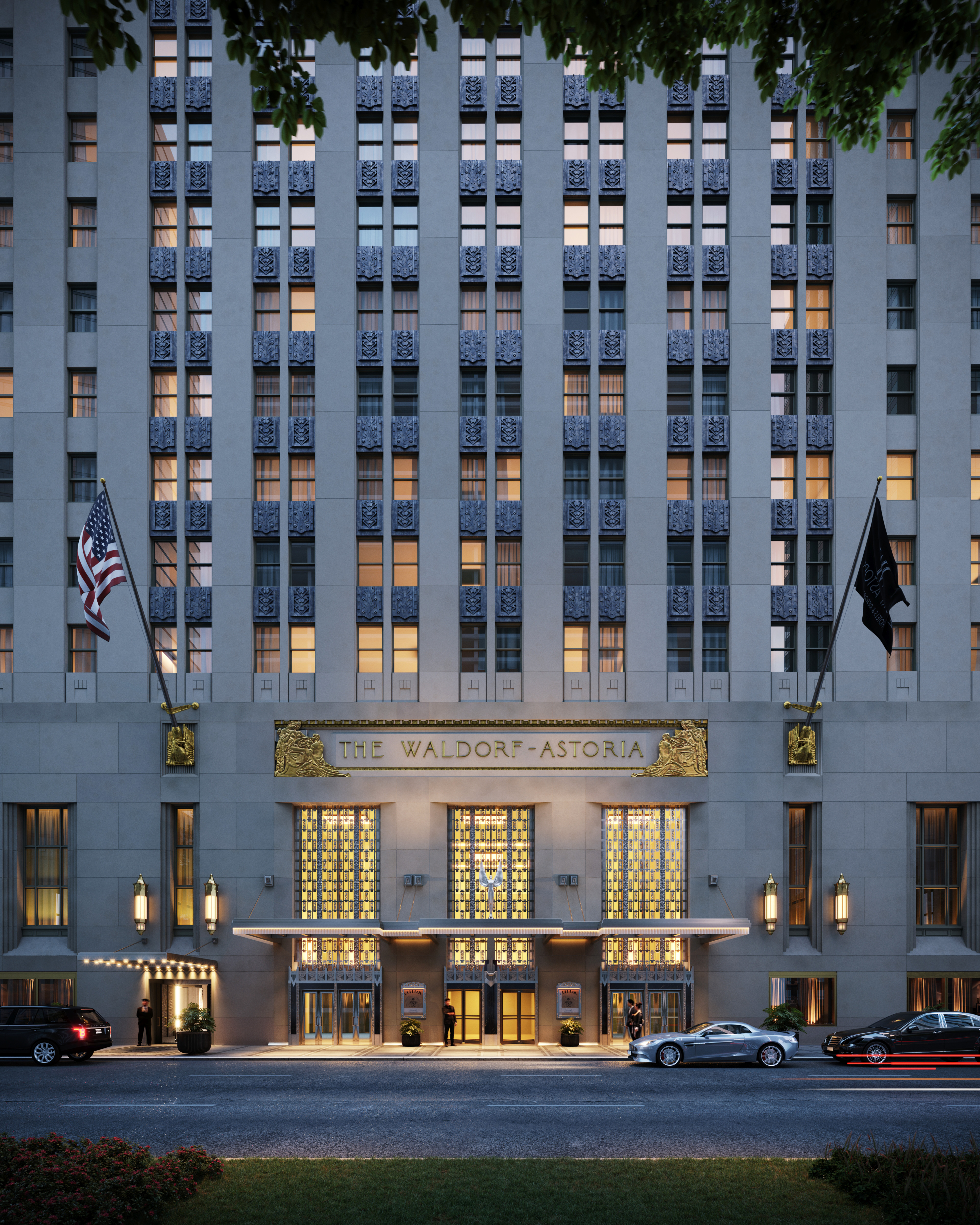 Waldorf Astoria New York review: The Midtown hotel where Frank Sinatra once partied and the salad of the same name was invented emerges from a decade-long renovation
Waldorf Astoria New York review: The Midtown hotel where Frank Sinatra once partied and the salad of the same name was invented emerges from a decade-long renovationOwen Holmes checks into the Waldorf Astoria New York hotel.
-
 Retro rubbish: Waste from the 90s unearthed in 97-mile-long beach clean
Retro rubbish: Waste from the 90s unearthed in 97-mile-long beach cleanThe 6,482 volunteers unearthed waste discarded decades ago among the 232,229 pieces of litter recorded during the initiative.
-
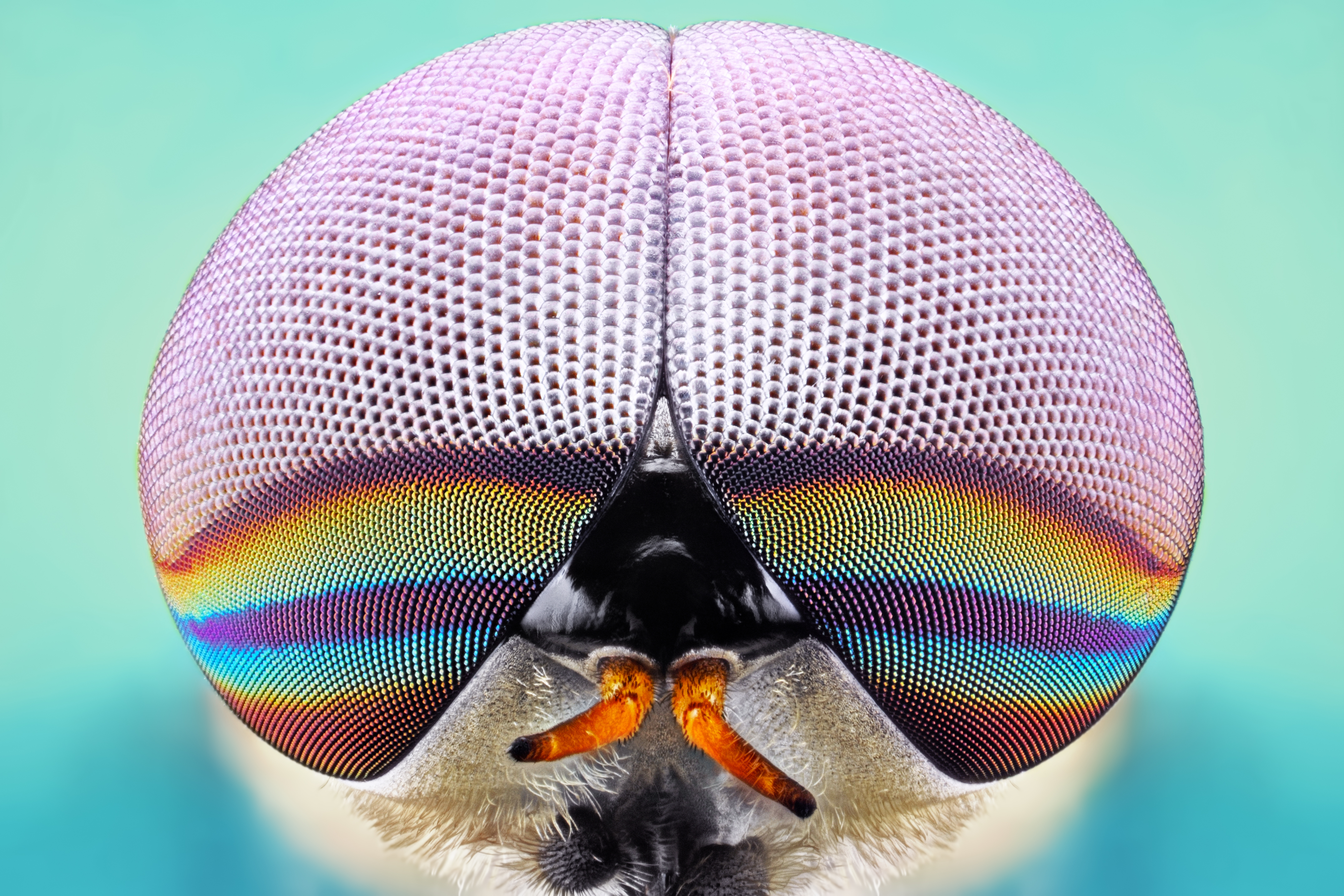 Dangerous beasts (and where to find them): Britain's animals that are best left alone
Dangerous beasts (and where to find them): Britain's animals that are best left aloneJohn Lewis-Stempel provides a miscellany of our otherwise benign land’s more fearsome critters.
-
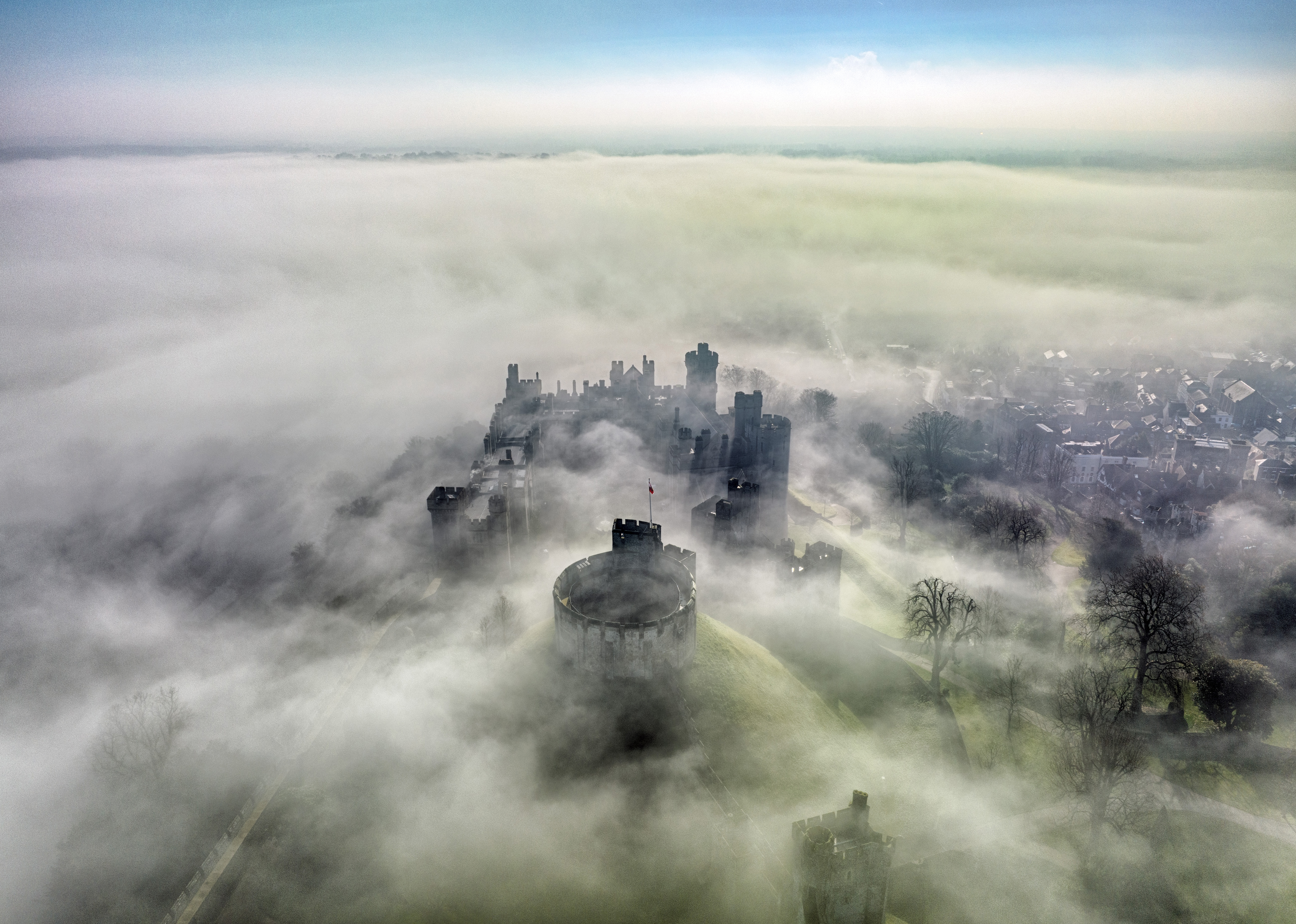 Mystery, muse and metaphor: There's more to fog than meets the eye
Mystery, muse and metaphor: There's more to fog than meets the eyeSmothering, transformative and beautiful, fog’s close-set shroud has inspired titans of literature, cinema and art — and forces the rest of us to look at the world a little closer.
-
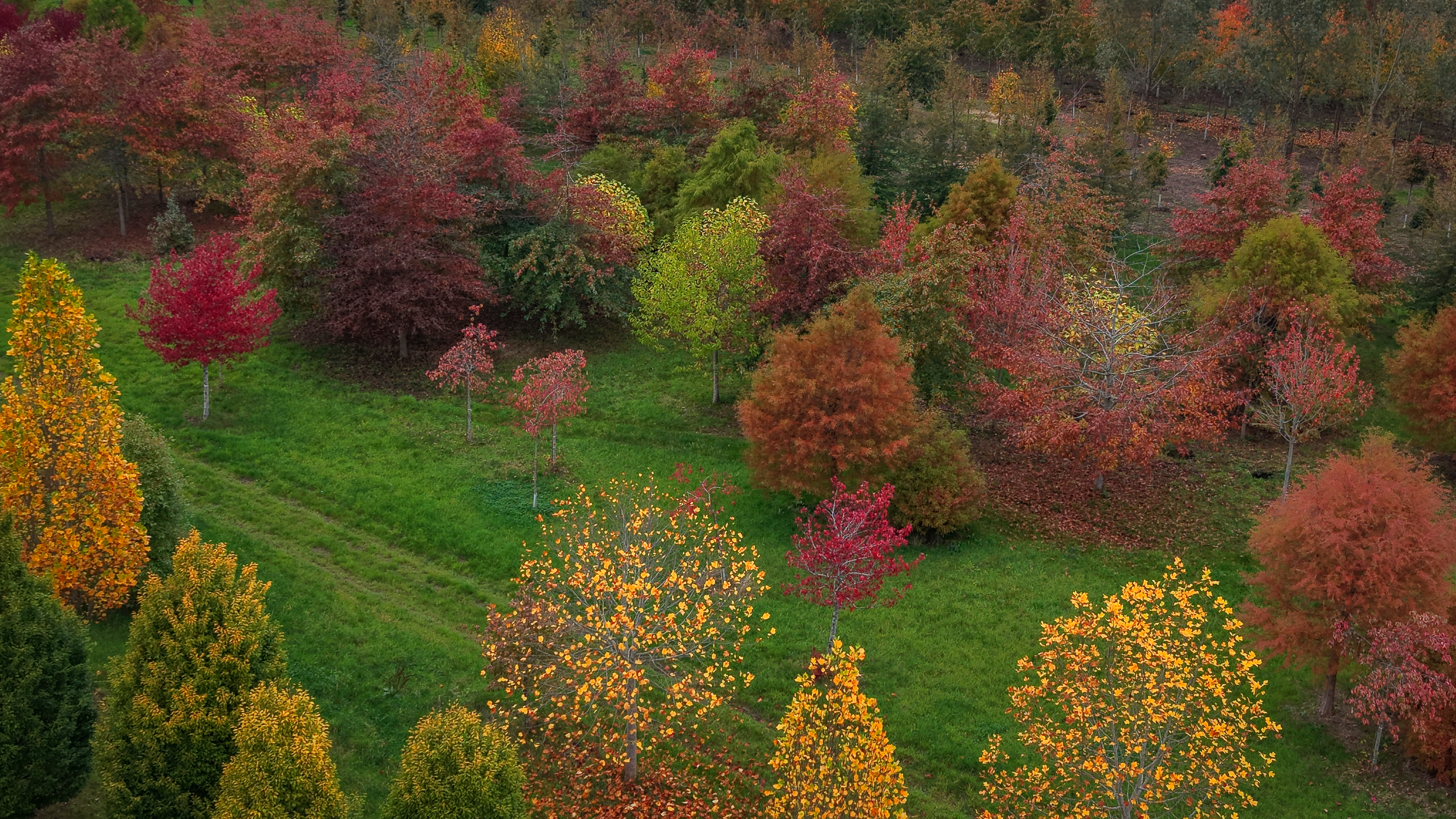 Take a bough: How — and why — you should plant a mature tree
Take a bough: How — and why — you should plant a mature treeFor instant impact in a newly landscaped garden, there’s nothing quite like planting mature trees or native hedgerow plants for transformative and long-lasting results.
-
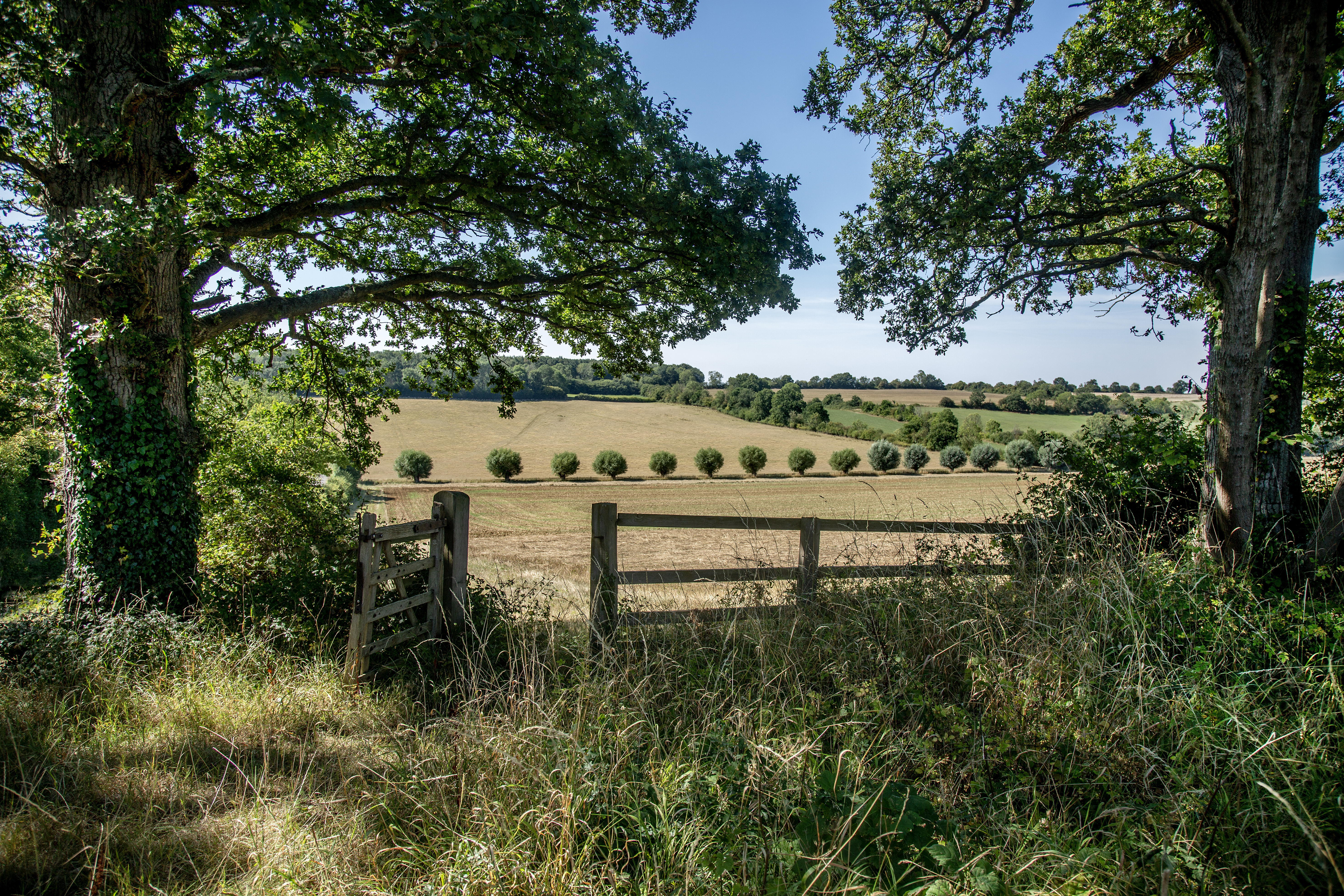 'The view changes with the seasons, so there’s always something new to see': David Beckham on one of his favourite sights in the Cotswolds
'The view changes with the seasons, so there’s always something new to see': David Beckham on one of his favourite sights in the CotswoldsSir David Beckham discovered this Cotswolds view while looking for a house to buy.
-
 'It makes me feel as if I’ve done a good job as a father and that I did the right thing in wanting us to have a house here': David Beckham on why the countryside matters so much to him and his family
'It makes me feel as if I’ve done a good job as a father and that I did the right thing in wanting us to have a house here': David Beckham on why the countryside matters so much to him and his familySir David Beckham talks to Paula Minchin about discovering the joys of beekeeping and gardening.
-
 ‘The best time to plant a tree was 20 years ago; the second best time is now'
‘The best time to plant a tree was 20 years ago; the second best time is now'Now is the time to firstly, hug a tree, and secondly, plant some more — in increasingly imaginative ways.
-
 The secret life of seeds: The little wonders that sustain all life on Earth
The secret life of seeds: The little wonders that sustain all life on EarthThey might not be especially striking to look at — if you can see them at all — but seeds are among the natural world’s most awe-inspiring marvels.
